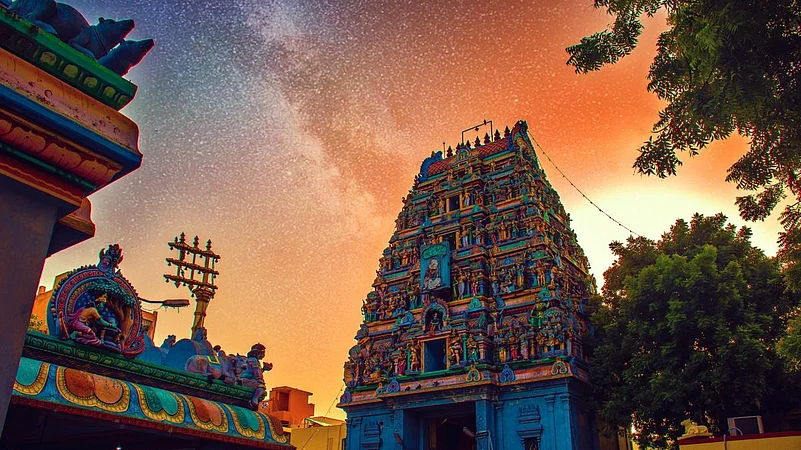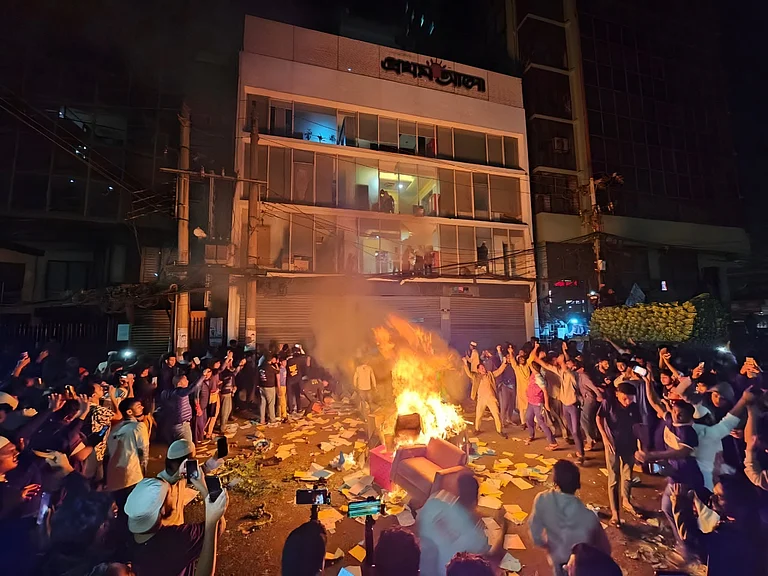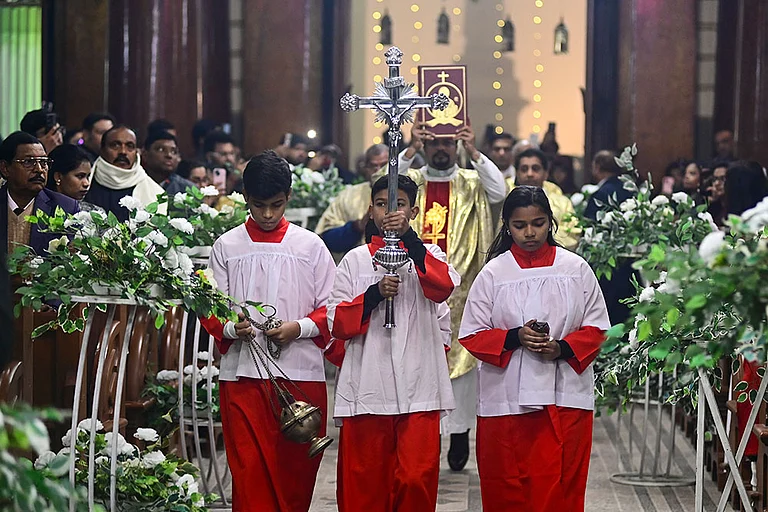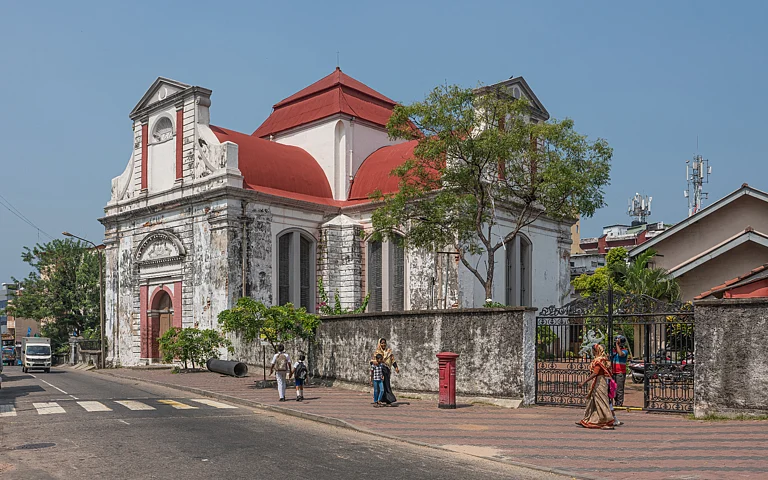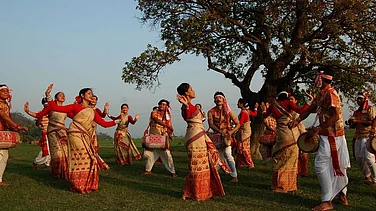Shravan, also called Sawan, is a holy month in the Hindu calendar that usually falls between July and August. It is one of the most sacred times for the worship of Lord Shiva. Across India, people observe Shravan with deep devotion and a strong sense of community. From large, ancient Shiva temples to small shrines by the roadside, the spirit of worship and celebration can be seen everywhere.
This article looks at how different parts of India welcome Shravan and how faith is expressed in both grand and humble ways.
The Importance of Shravan
Shravan is believed to be the month when Lord Shiva drank the poison (Halahala) that came out during the churning of the ocean (Samudra Manthan) to save the world. Because of this, Lord Shiva is worshipped with great respect during this month. Mondays, known as “Shravan Somvar,” are especially important. Devotees fast, visit temples, and offer prayers to seek Shiva’s blessings for health, peace, and prosperity.
Crowds at Shiva Temples
Major Shiva temples across India see a huge increase in visitors during Shravan. Temples like Kashi Vishwanath in Varanasi, Kedarnath in Uttarakhand, Somnath in Gujarat, and Mahakaleshwar in Ujjain attract thousands of pilgrims. People come from faraway places, sometimes walking barefoot for miles, just to have a glimpse of the deity and make their offerings.
These temples are beautifully decorated with flowers, lights, and religious symbols. Special pujas (prayer rituals), bhajans (devotional songs), and community meals are organized. Long queues of devotees wait patiently for darshan (viewing of the deity), holding water from holy rivers to offer to Lord Shiva.
The energy in these temples during Shravan is full of devotion and spiritual excitement.
Streetside Shrines and Local Worship
Not everyone can visit big temples, but Shravan is celebrated in every corner of India. Streetside shrines, small neighborhood temples, and even household idols of Lord Shiva become centers of prayer. In many areas, young boys set up temporary shrines made from clay or decorated bricks. These simple setups are often filled with flowers, incense, and lamps.
People in the community come together to offer water, milk, and Bel leaves to the Shiva Lingam. Even a small shrine under a tree becomes a place of worship during this month. This shows how faith in Lord Shiva is not limited to large temples,it lives in the hearts of people everywhere.
The Role of Kanwar Yatra
One of the major highlights of Shravan is the Kanwar Yatra, where millions of devotees called Kanwariyas carry pots of holy water from rivers like the Ganga and walk to Shiva temples to offer it on the Lingam. They wear saffron-colored clothes and chant “Bol Bam” as they walk, often covering hundreds of kilometers.
The Kanwar Yatra is a clear example of the strength of devotion and the unity among believers. Along the way, locals offer food, rest stops, and medical aid to the Kanwariyas, turning it into a large community event.
Simplicity and Faith Go Hand in Hand
What makes Shravan special is not just the scale of celebration, but the spirit behind it. Whether it's a grand temple or a modest shrine on a roadside, the focus is the same: devotion to Lord Shiva. People from all walks of life take part, reminding us that spirituality doesn’t need luxury. A simple offering made with faith is just as powerful as a grand ritual.
This month also encourages acts of kindness, self-control, and prayer. Fasting, helping others, and living simply are common during Shravan. These practices help people connect with their spiritual side while also building stronger communities.
Shravan is more than a religious month; it is a celebration of faith that reaches every corner of India. From famous Shiva temples to tiny shrines on street corners, every place becomes a center of devotion. The beauty of Shravan lies in how it unites people, big or small, rich or poor, in their love for Lord Shiva.
This shared devotion brings peace, purpose, and a deeper connection with the divine during the holy month of Shravan.







